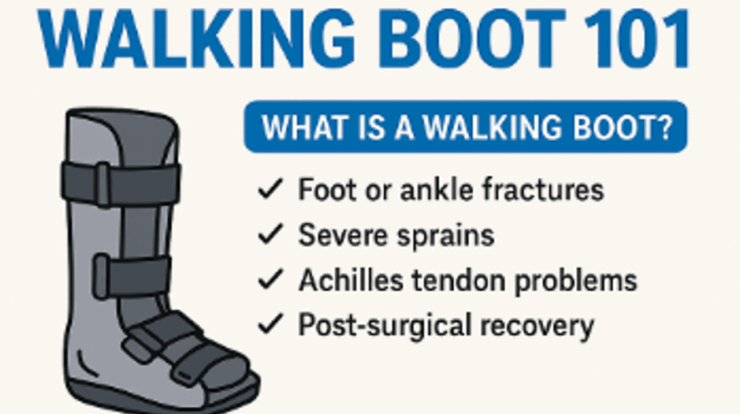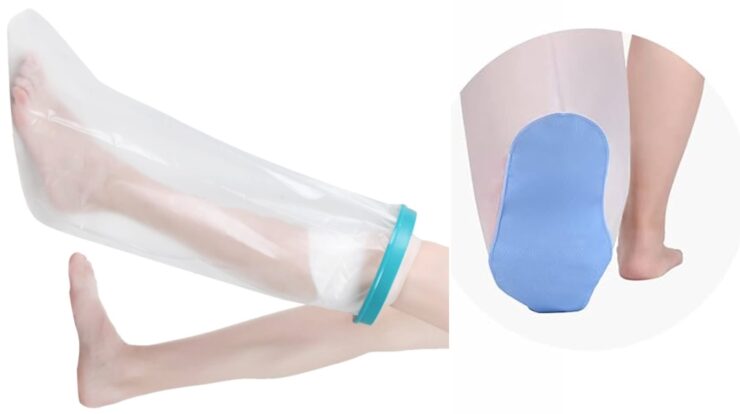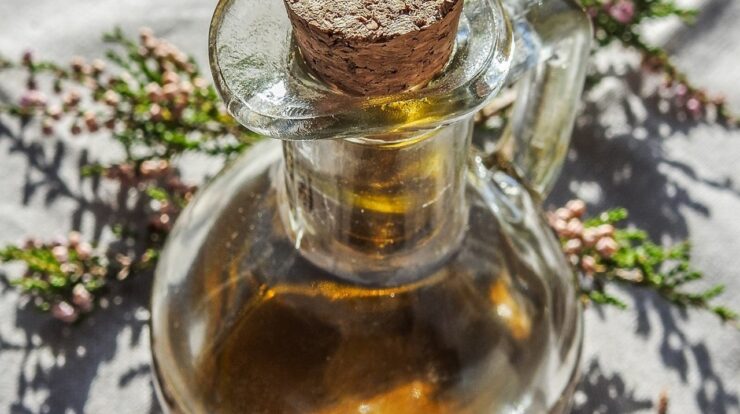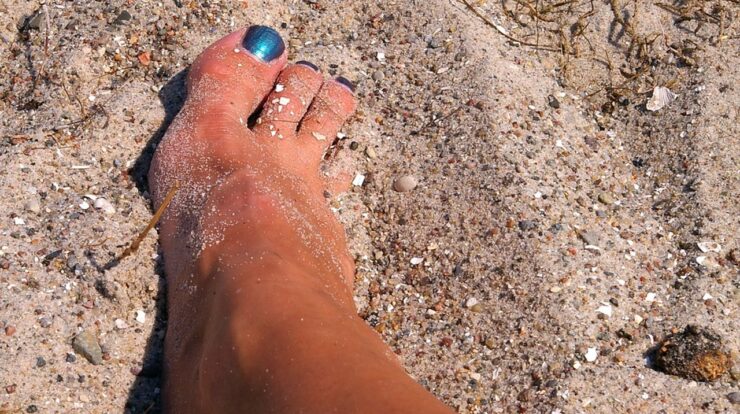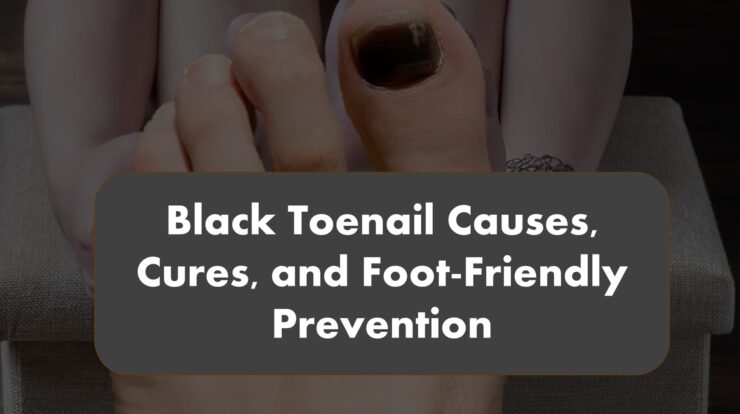
Black toenails, though often benign, can be an alarming sight. Whether they’re caused by physical activities, injuries, or underlying medical conditions, understanding the reasons behind black toenails is crucial for proper treatment and prevention.
In this article, we’ll delve into the causes, treatment options, and prevention tips for black toenails, providing you with essential knowledge for maintaining healthy and comfortable feet.
Causes of Black Toenails
Black toenails, also known as subungual hematomas, occur when there’s bleeding under the toenail. Several factors can lead to this condition:
- Trauma: One of the most common causes of black toenails is trauma to the toe, such as dropping a heavy object on it or stubbing it forcefully. Repetitive trauma, often from ill-fitting shoes, can also contribute.
- Athletic Activities: Runners and athletes who engage in activities that involve repeated pressure on the toes are at a higher risk of developing black toenails due to the continuous impact.
- Footwear: Tight or improperly fitting shoes can cause friction between the toenail and the shoe, leading to injury and subsequent bleeding.
- Fungal Infections: In some cases, fungal infections can cause the nail to thicken and become discoloured, resembling a black toenail.
Treatment Options
Treatment for black toenails largely depends on the underlying cause and the severity of the condition. Here are some common treatment options:
- Rest and Elevation: If the black toenail results from trauma or excessive pressure, giving the toe time to heal and elevate it can help reduce swelling and discomfort.
- Nail Trimming: In cases where the nail is loose and causing discomfort, carefully trimming the nail to relieve pressure can be beneficial.
- Professional Care: If the black toenail is causing severe pain, has a foul odour, or shows signs of infection, seeking medical attention from a podiatrist is recommended.
- Antifungal Treatment: If a fungal infection is suspected, topical or oral antifungal medications may be prescribed to treat the underlying issue.
Prevention Tips
Preventing black toenails involves adopting certain practices to protect your feet from trauma and injury:
- Proper Footwear: Choose shoes that fit well, provide adequate toe space, and offer proper support to minimise friction and pressure on the toes.
- Trim Nails: Regularly trim your toenails straight across to prevent them from becoming ingrown and causing injury.
- Protective Gear: If you’re engaged in sports or activities that put your feet at risk, consider using protective gear like cushioned insoles or toe caps.
- Foot Care: Keep your feet clean and dry to prevent fungal infections. Proper hygiene can go a long way in maintaining foot health.
- Gradual Training: If you’re involved in intense physical activities, make sure to gradually increase the intensity to allow your feet to adapt to the stress.
Conclusion
Black toenails, while often a result of trauma or pressure, can also indicate underlying issues. By understanding the causes, treatment options, and prevention tips, you can ensure the health and comfort of your feet.
If you’re unsure about the cause of your black toenail or if you’re experiencing pain, consulting a medical professional can provide you with the best guidance for your specific situation.
Remember, healthy feet are the foundation of an active and fulfilling lifestyle.

